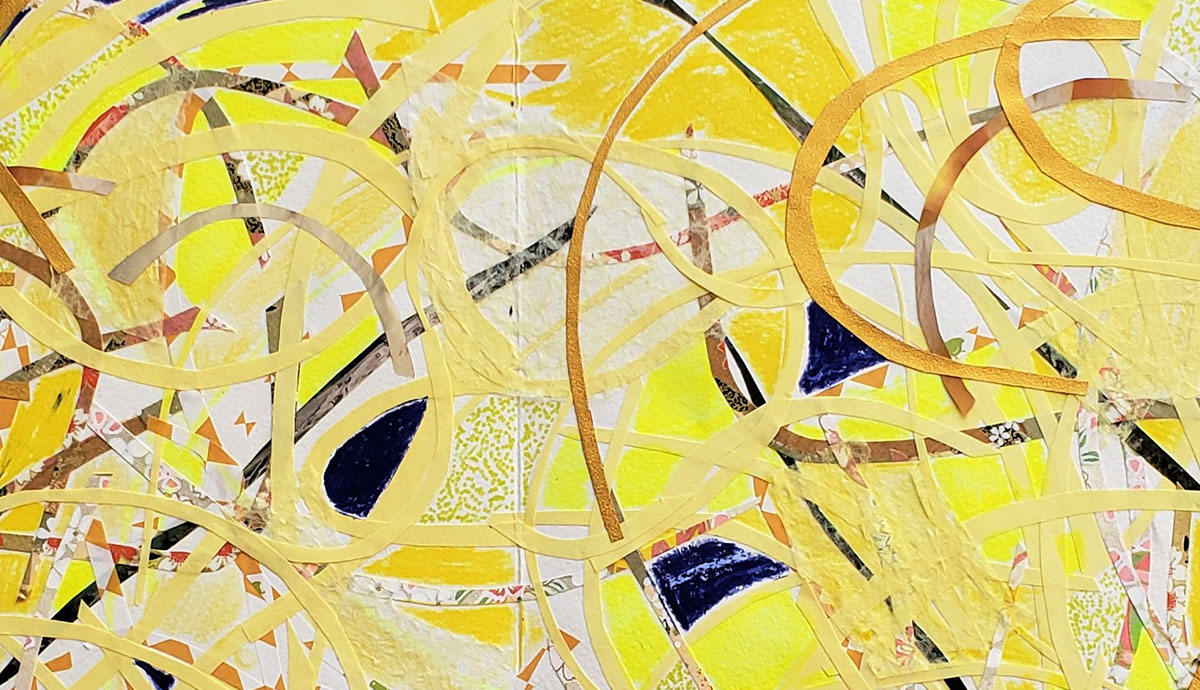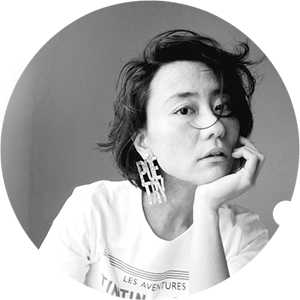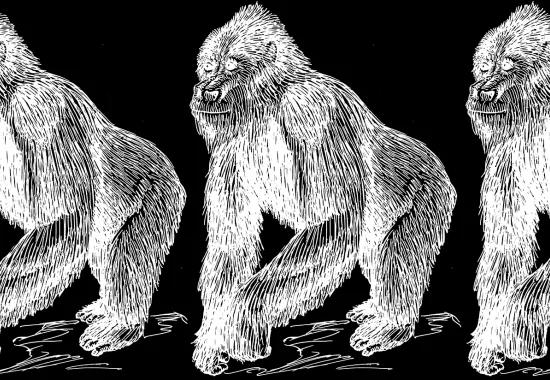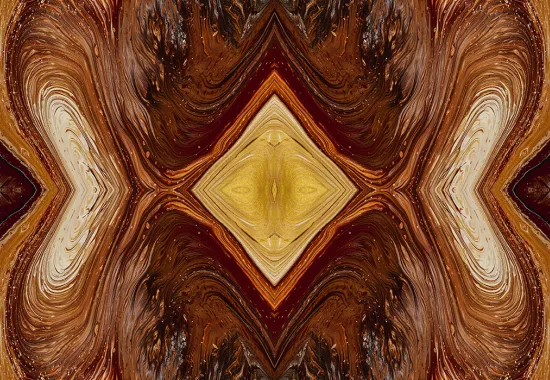Craft Essay
On March 11, 2011, Japan experienced the earthquake—we all saw the shocking tsunami, burning houses, and nuclear plant melt-down in the news. 2021 is the tenth year after one of the strongest earthquakes in history.
In 2019, I had the chance to visit Rikuzentakata, Iwate Prefecture. The majority of the city was destroyed by the tsunami, including its beautiful seashore and lines of ancient pine trees. Only one pine tree survived the event. It became a symbol of the area’s recovering spirit, but eventually decayed from the inside out. Now, the tree is preserved by modern technology.
My first impression of Rikuzentakata was golden yellow between the flat, bare, brown soil. But the yellow was so bright. My friend told me, “I wanted to show you the rice fields. You are on time!”
When the rice is ready for harvest, the top of its heads droop like upside down brooms. The parts swing together by gentle breeze—a bit of ocean smell—and it was my first realization that this color shares my namesake.
In the graphic poem, Offshore of Rikuzentakata, the first sentence is, “My name is Naoko,” and I explain how yellow my name is. I witness the color in Rikuzentakata—the Japanese harvested yellow.
For the last ten years while people in the city are recovering from their loss, I had a difficult time of my own. Right before the earthquake, I got my first full-time job in the Japanese machine tool industry, then my father had a stroke. My partner was also struggling with addiction at the time.
“I came to America to become a writer, not a sales representative!” My motivation at work was lacking, and so was my writing. I was not proud of my writing, which was composed of something between English and Japanese-English. It was shameful.
When I spent time with people in Rikuzentakata, they told me of so many heartbreaking experiences. I was almost puzzled as to why they would open up these memories to me. I was informed that people were very careful to talk about the earthquake because some lost all of their families and homes.
I had a crafts class with them—kids and their mothers—in a cozy old Japanese house. We sat on the floor near a low table with oranges and snacks. Kids started talking about grandparents they never met because they were born after the earthquake. Then mothers started talking about their lost family and friends. Later, the facilitator told me, “Creating art may be therapeutic.”
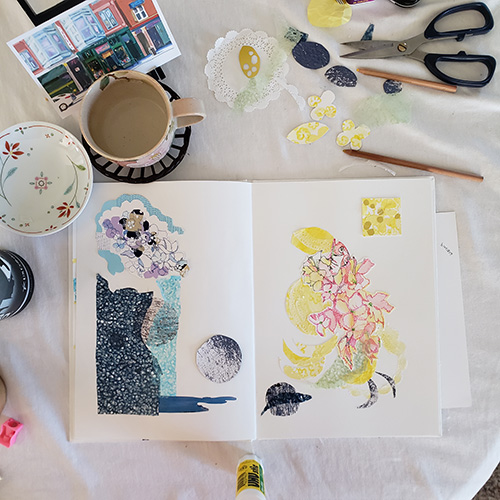
⚈
Soon after I returned from Japan, Covid-19 locked everything down. In the isolation, I had plenty of time to think about “therapeutic.” I did not lose any loved ones to the earthquake, but just as many other people, just being alive was complicated. Some often say, “Time heals.” For me, time did not heal. Instead, memories went backward and coalesced into negative lumps. I should have, I could have…echoed in my head.
I wrote this poem first, before translating it into a graphic poem. And I still remembered how I felt silly starting the first line with “My name is Naoko.”
“Hi, my name is Naoko. I am unsuccessfully alive.” I introduced myself more than ever the last ten years—at a new office, hospital, rehabilitation center… But at Rikuzentakata, I became truly aware of my name, 菜穂子. I had been denying part of my identity because it was disadvantageous for writing like a native English speaker.
For the kids and mothers, it was hard to share their earthquake experiences. But they eventually spoke up. We cried a bit, smiled, and continued creating craft cards. One person told me that it was still difficult to admit her brother’s death. Was it possible for him to live somewhere on an unknown island without his memories?
Through this visit, I observed myself more than ever. It was difficult to accept. This experience gave me a new approach to how I live and write. This graphic poem gave me an opportunity to express that. I used as many yellow papers as I could possibly find in Chicago.
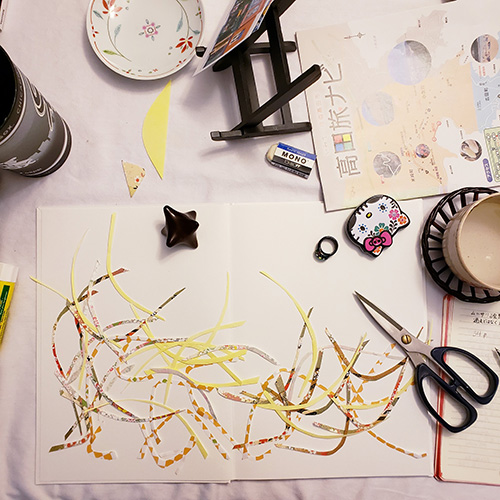
⚈
I could not visit Rikuzentakata without huge support from Mizuho, or publish this piece without the continued trust of North American Review—Arigatou.
Recommended
Schizophrenic Sedona
Recense (realized)
Notes on Hands


